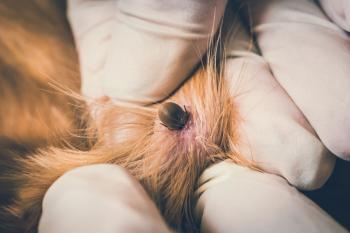
Scientists break down dog coat differences
Bethesda, Md. -- Scientists at the National Human Genome Research Institute (NHGRI), part of the National Institutes of Health, say they have unlocked the key to the differences in dogs? coats.
Bethesda, Md.
-- Scientists at the National Human Genome Research Institute (NHGRI), part of the National Institutes of Health, say they have unlocked the key to the differences in dogs’ coats.
Little was previously known about the genes that influenced canine coats, according to the study, published Aug. 27 in the online issue of the journal Science. But a genome-wide scan of specific signposts of DNA variation in 1,000 dogs spanning 80 breeds revealed genetic variants to explain the differences in length, texture and other dog coat varieties.
The genetic changes in the genome that creates multiple coat types are believed to have been spurred by breeders over the last 200 years, according to the study. Researchers found an alteration in the RSPO2 gene that results in wiry hair, while FGF5 yields longer, silkier hair, and KRT71 variants will cause curly hair. Combined, the gene variants can show up in dogs like poodles, with their long, curly coats.
“The carefully controlled breeding of dogs offers advantages in pinpointing the genes that determine particular traits, which may have immediate application to the study of diseases, like cancer, that are common to both dogs and humans,” says Edouard Cadieu, the study’s lead author and a graduate students in NHGRI’s Cancer Genetics branch.
The full dog sequence data can be found
Newsletter
From exam room tips to practice management insights, get trusted veterinary news delivered straight to your inbox—subscribe to dvm360.






